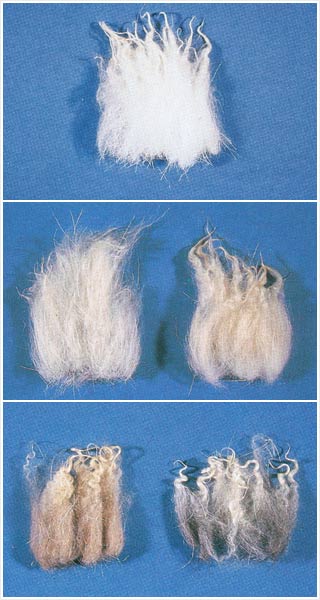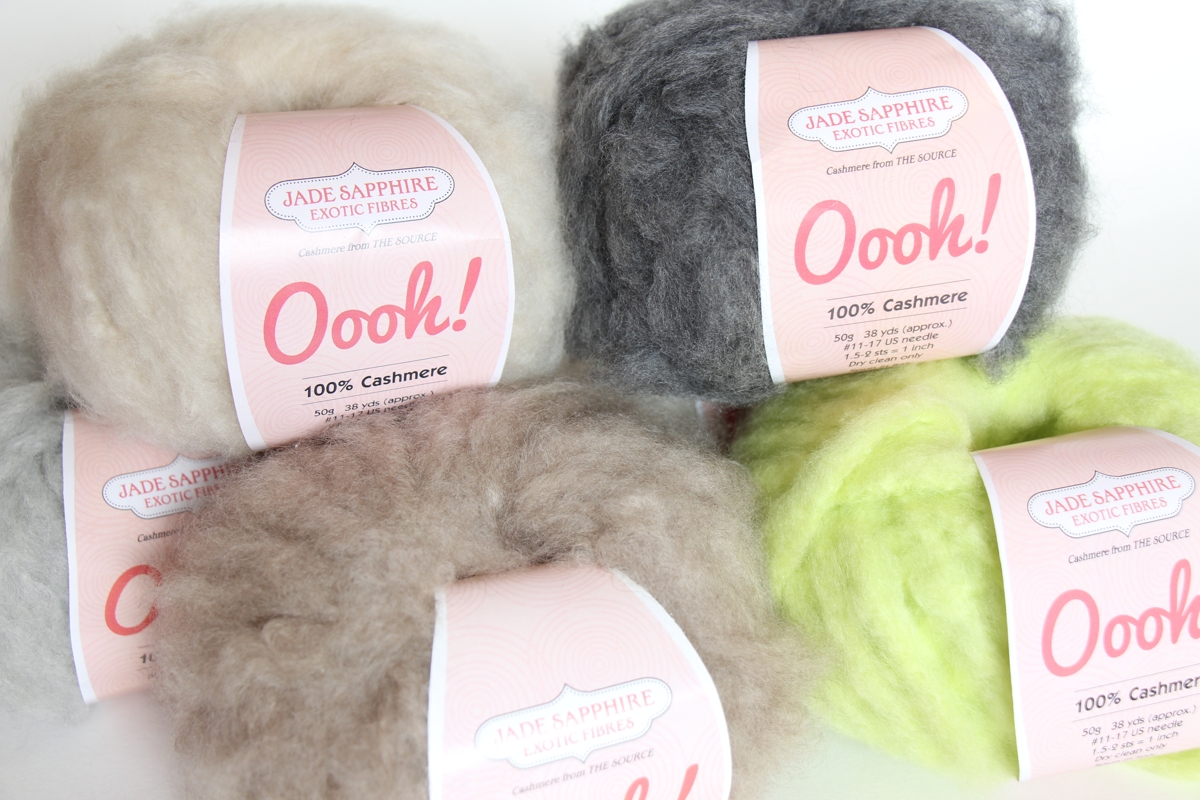What Makes cashmere a Top Choice for Premium Fashion and Comfort?
Comprehending the Various Types of Cashmere an All-natural Fiber and Their Distinct Advantages

The Origins of Cashmere: A Historic Summary
While the glamorous touch of cashmere continues to appeal modern-day customers, its beginnings trace back to the extreme, cool climates of Mongolia and the Mountain ranges. For centuries, the aboriginal peoples of these areas have actually been raising Capra Hircus goats, the prime resource of cashmere wool. These goats, durable versus the severe wintertimes, expanded a great undercoat to endure, which later ended up being referred to as cashmere. The name itself admires Kashmir, a region in India where the woollen was originally processed. Much of the early cashmere trade path was helped with by the Silk Roadway, attaching Asia with the Center East and Europe. Despite its worldwide spread, the finest cashmere is still thought to stem from the original areas of Mongolia and the Mountain Ranges.

The Manufacturing Process: From Goat to Garment
Shearing a Capra Hircus goat notes the inception of the complex cashmere manufacturing process. This delicate treatment typically happens annually during spring. The penalty, soft undercoat is after that separated from the coarser external hair, a process called dehairing. The resultant raw cashmere is then washed to eliminate contaminations such as dirt, vegetable, and grease issue.
The clean fiber goes through dyeing, spinning, and weaving, or knitting, to transform it into a textile. Facility treatments such as quality control checks and completing processes comply with, making certain completion item keeps the glamorous standard anticipated of cashmere. This painstaking process, from goat to garment, warrants the high price affixed to cashmere items, making them a sign of luxury and refinement.
The Numerous Kinds of Cashmere: A Comprehensive Evaluation

The Special Advantages of Cashmere: Convenience and Sustainability
Moving from the variety of cashmere types to the benefits they use, comfort and sustainability stand apart prominently. Cashmere, an all-natural fiber, is renowned for its unparalleled softness, providing a level of comfort that synthetic fibers can't match. The material's lightness, yet excellent heat retention, makes it ideal for all periods. Cashmere's webpage natural elasticity allows it to return to its original form, making it immune to diminishing or extending.
When it pertains to sustainability, cashmere is eco-friendly and eco-friendly, as it's gathered from cashmere goats who regrow their coats yearly. what is cashmere. Unlike synthetic hop over to these guys fibers which can take centuries to disintegrate, cashmere's influence on the setting is very little. This combination of comfort and sustainability makes cashmere a helpful selection for mindful consumers

Caring for Your Cashmere: Maintenance and Preservation Tips
While cashmere is definitely a sustainable and glamorous selection, it calls for details treatment to keep its top quality and extend its lifespan. To start, cashmere must be hand cleaned using cold water and a moderate cleaning agent. Cashmere things need to be stored in a amazing and dry location, away from straight sunlight and wetness.
Purchasing Cashmere: Recognizing Its Worth and Well Worth
Although cashmere may at first appear like a costly financial investment, its long-term value and worth become obvious when you consider its remarkable high qualities. Recognized for its unequaled softness and warmth, cashmere is a costs natural fiber that outshines other materials. Spending in cashmere, therefore, is not just concerning current fashion fads, but regarding welcoming a sustainable, durable, and extravagant way of living.
Conclusion
In recap, the type of cashmere one picks, be it Mongolian, Chinese, or Italian, is dictated by specific choices for warmth, budget plan, high-end, and sustainability. Comprehending the origins, production procedure, and special benefits of various my sources kinds of cashmere can direct consumers in their financial investment in this extravagant natural fiber.
Whether it's the outstanding warmth of Mongolian cashmere, the affordability of Chinese cashmere, or the eco-conscious manufacturing of Italian cashmere, there's a story to be discovered behind each fiber kind. Cashmere, a natural fiber, is renowned for its exceptional gentleness, giving a degree of convenience that synthetic fibers can not match.When it comes to sustainability, cashmere is sustainable and naturally degradable, as it's collected from cashmere goats who regrow their layers yearly. Known for its unmatched gentleness and heat, cashmere is a costs all-natural fiber that outmatches various other products. Comprehending the origins, manufacturing procedure, and unique advantages of different types of cashmere can lead customers in their investment in this luxurious all-natural fiber.